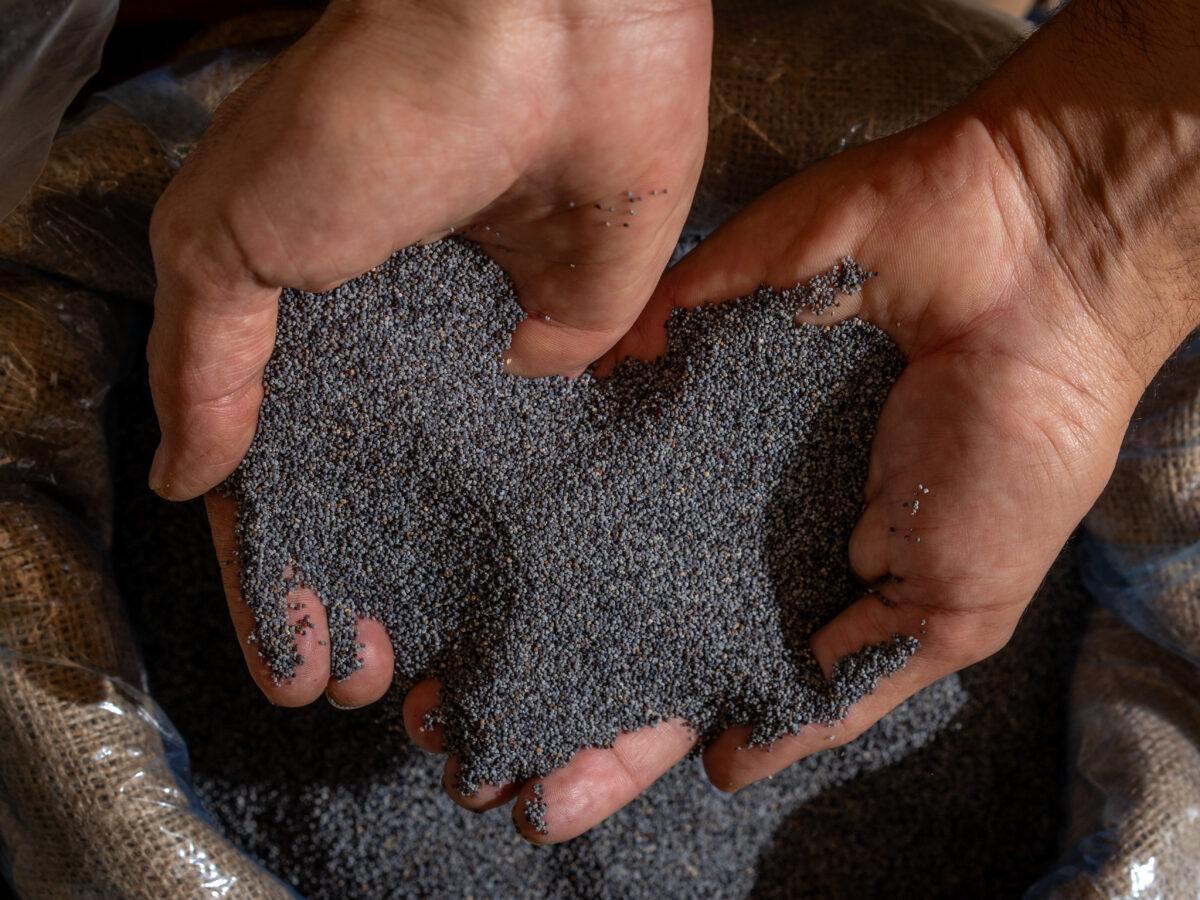On December 31st, 1992, at noon, I left Rome, ending a three-year stay. Before we left the house, he placed three bottles of different olive oils in my suitcase. “Don’t forget, oil doesn’t like waiting. Use it, and when it’s over come back for more,” he added when we said goodbye at the airport. This was the last time I saw him.
His name was Alberto Tera, and I spent my last year in Italy at his place. In a small room, bottles huddled on shelves next to tubes and small glasses; from a desk with a telefax and a telephone, with no secretary or clerks, he was trading in olive oil.
He re-educated my mouth in that room, taught me to treat olive oil as a spice, to pair each dish to the oil that suits it best. With his guttural R he would explain that a good olive oil is extracted immediately after harvesting, as the slightest delay might damage the fruit’s quality; that when buying oil in a large container, one must immediately transfer it to smaller vessels so as to reduce exposure to air. “Oil is not wine, it does not need to breathe.”
He taught me to feel, in my mouth and nose, the difference between spoilt bitterness and the olive’s natural bitterness, to understand the differences between cultivars, between oil extracted at the beginning of harvesting season, and oil extracted from mature olives – which is best for frying and cooking, because contrary to my belief, its smoke point is much higher than that of most other vegetable oils.
Once, when I came back from vacation in Israel, I brought him a bottle of olive oil from Nazareth. Alberto almost fainted when I pulled out a plastic bottle, wrapped in plastic bags. He made me swear never to store olive oil in plastic, which ruins its taste. Then, with an elated hand, he unscrewed the bottle. It was the first time he ever tasted oil from Souri olives, oil from the holy land, where the olive was domesticated thousands of years ago. The oil used to anoint the protagonists of the Old Testimony. One look at his nostrils and I knew he wasn’t happy. He took a sip, rolled the oil noisily and moved it through his mouth, as if he were chewing. “Spoiled. Completely spoiled.” He said and grimaced. He added something about it being a great olive, but apparently it had had a hard life after leaving the tree.
Israel of the early 1990s had plenty of such oils. Only then did cracks begin to appear in the exclusion of olive oil from the Zionist kitchen, mostly thanks to the curiosity of some chefs at the forefront of the emerging culinary scene. Most of Israel’s Jewish residents, even those who remembered olive oil from their old homelands, quickly adopted soy oil and other bean and grain oils, extracted in factories founded by European immigrants in what was considered advanced methods. Clearly, nobody was talking about varieties of olive oil.
The olive industry has thoroughly changed since then. With the support of researchers, farmers fell in love with the demanding work, and studied the oil’s journey from orchard to oil press. They learned to cultivate the Souri and improve it through grafting, so that it is no longer the only cultivar to shape Israel’s landscape. For the last days of the harvesting season, I offer this list of Israel-grown cultivars, with suggestions for culinary uses.
Varieties of olive oil
Souri – Unlike the newcomer varieties, imported right into modern growing methods, most Souri orchards are exclusively rain-fed and manually harvested. In recent years, several projects are working to integrate modernity with tradition, learning and teaching irrigation and cultivation techniques to improve oil quality. The wide flavor range properly expresses the difference in types of soil and weather conditions. Souri olive oil will go well with wheat or lentil stews and sour dairy products; nothing beats it for flavoring chopped vegetable salads, with or without mint leaves.
Nabali – Named after the city of Nablus, this is one of the few varieties that have never been genetically enhanced. Only few farmers still insist on growing it, mostly in the villages of the West Bank. The amount of fruit is scarce and instable, but whoever tastes a carefully extracted oil will never forget it and forever yearn for more. Whimsical as it may be, it is one of a kind, a collection of contradicting flavors that composes a wonderful harmony. A wonderful choice for roasted meat, and particularly poultry and lamb. It rocks with salty cheese, and complements sweet flavors, such as yogurt with honey or carob syrup.
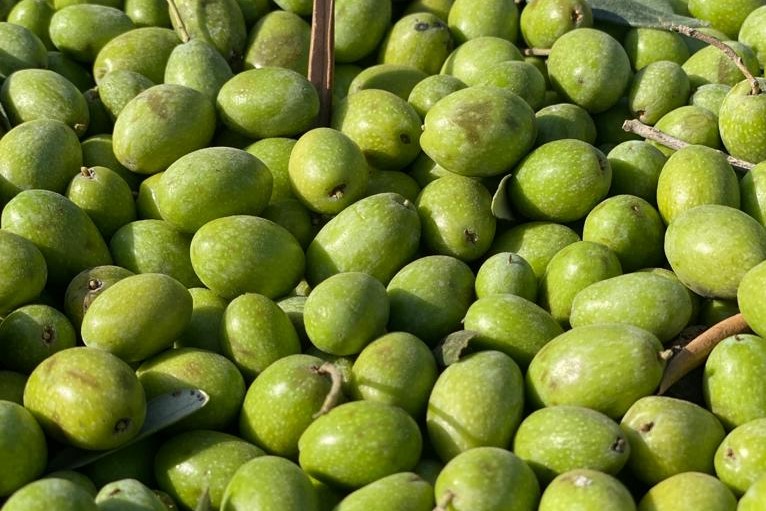
Barnea – A creation of the late prof. Shimon Lavee, the researcher who had awakened the olive oil industry from its long slumber and placed it on the road it has been following ever since. Lavee – who was searching for trees for his grafting feats – found one in Kadesh Barnea, in a plot which until the 1930s belonged to the governor of Sinai. The Barnea is a good boy, an over-achiever. Its fruit has a high oil content, the tree is convenient for mechanical harvesting, it is resistant to disease and pests, and has very low alternate bearing (it is abundant with fruit almost year-round). Its strong bitterness and aroma at the beginning of the season gradually fade away, creating a delicate oil, perfect for those deterred by the typical taste of olives.
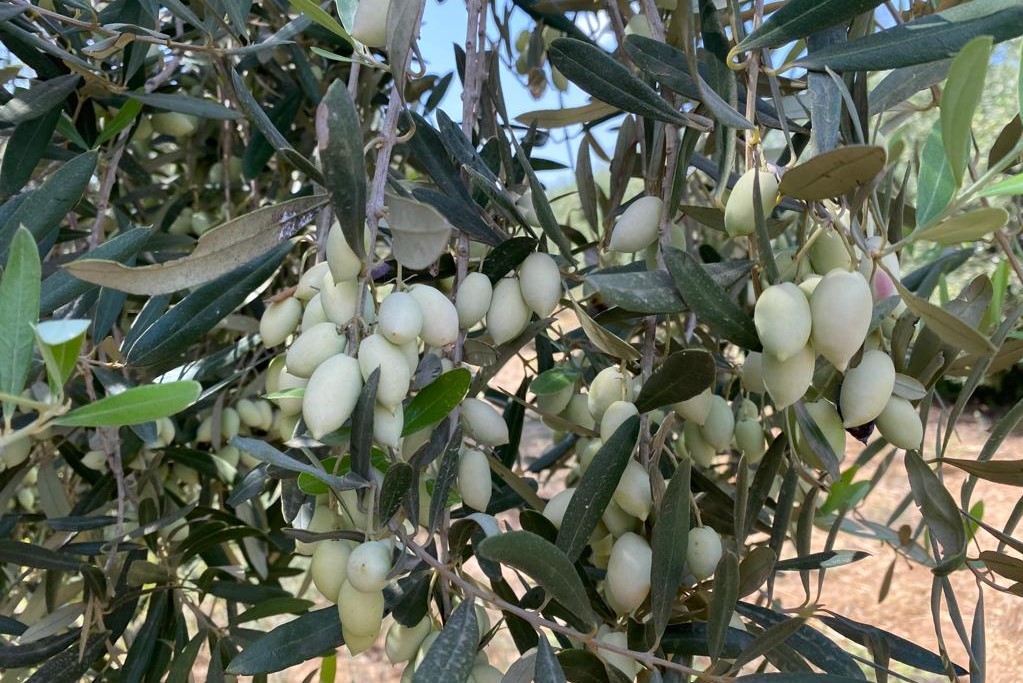
Askal – A relatively new cultivar, also an Israeli creation. An olive of balanced, green fruitiness and pronounced pungency, especially when grown in the North. In the South, some bitterness will also be present. Perfect for lovers of dominant flavors.
Lachino – A typical variety of Tuscany, with quiet flavors. Its almost complete lack of bitterness and pungency makes it the perfect oil for children, according to the Italians. It will also appeal to those disliking strong olive flavors. But you better not fall in love with it this year, as yields are very small. If you do manage to get a hold of a bottle, try it on a bruschetta and with some grated tomato on top, or with grill-roasted chicken breast. A swirl of this shy fellow will be lovely over a bowl of Lima beans, cooked in water with some salt of pepper.
Koroneiki – An originally Greek cultivar, with small fruit and big flavors which remains stable over time. Some like to harvest it at the beginning of season, others wait for it to mature – in both cases it will have an aroma of herbs and mowed grass, which makes it a natural companion to salads. I like to add it to yogurt, fresh fruit or raw fish. A generous portion with some grains of salt and tomato seeds, and you’re good to go. Fish will bring out its flavors, while the oil will accentuate the fish’s sweetness.
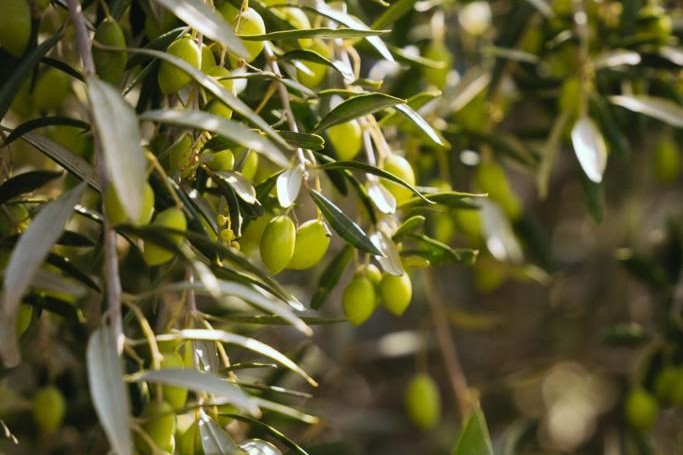
Cortina – A powerful cultivar, originally from Apulia, Italy. It has pronounced bitterness and pungency, due to a high level of antioxidants. You’ll find a strong flavor of herbs and a dominant aroma of grass and green pepper. Often mixed with more delicate cultivars. A star of selected editions. Try pouring some over meat stews, rich pasta dishes or raw meat.
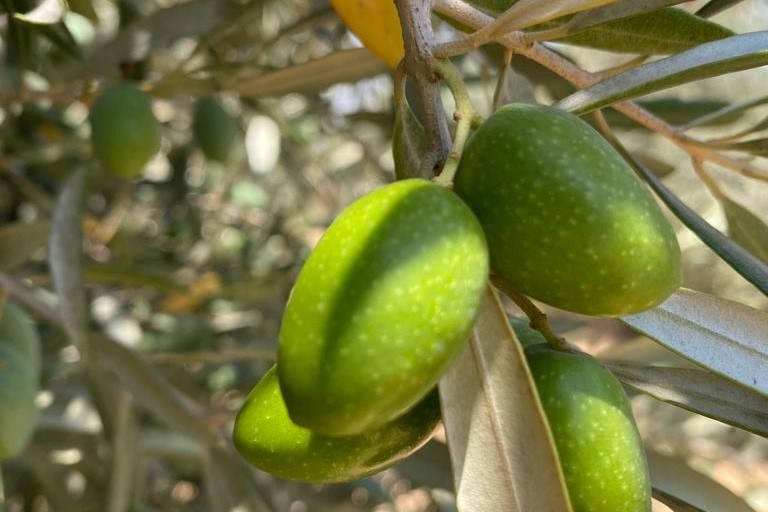
Picual – This variety, originally from Andalucia, Spain, produces the least acid olive oil, with resistance to heat that makes it a perfect choice for frying and cooking. Its flavor remains stable over time. In oil extracted from green Picual at the beginning of season you will find exhilarating green aromas, which will be replaced by that of mature red fruits in oil from mature Picual. It has delicate bitterness and pungency, and its flavors evoke grass, and sometimes olives and citrus. Wonderful with Ajo Blanco or Gazpacho, and works well with pickled fish.
Arbequina – Another Spanish cultivar, this time from Cataluña, which makes a delicate yet assertive oil. At its peak, it has a hushed, delightful aroma of mature fruit and minimal pungency and bitterness, which gradually fade with time. Around spring it is no longer bottled by itself, but mixed with other flattering aromatic oils. A wonderful oil for baking cakes and for delicate vegetables, raw or roasted.
Picholine – While all cultivars are affected by climate, soil type and growing conditions, this is especially true for this originally French variety. Usually considered a rich oil, it has a wide range with clear differences. It is often used in mixtures, especially with the Barnea. It has a high level of antioxidants and pronounced bitterness close to extraction. Wonderful for vinaigrette dressing, mayonnaise, fish and green salads.



